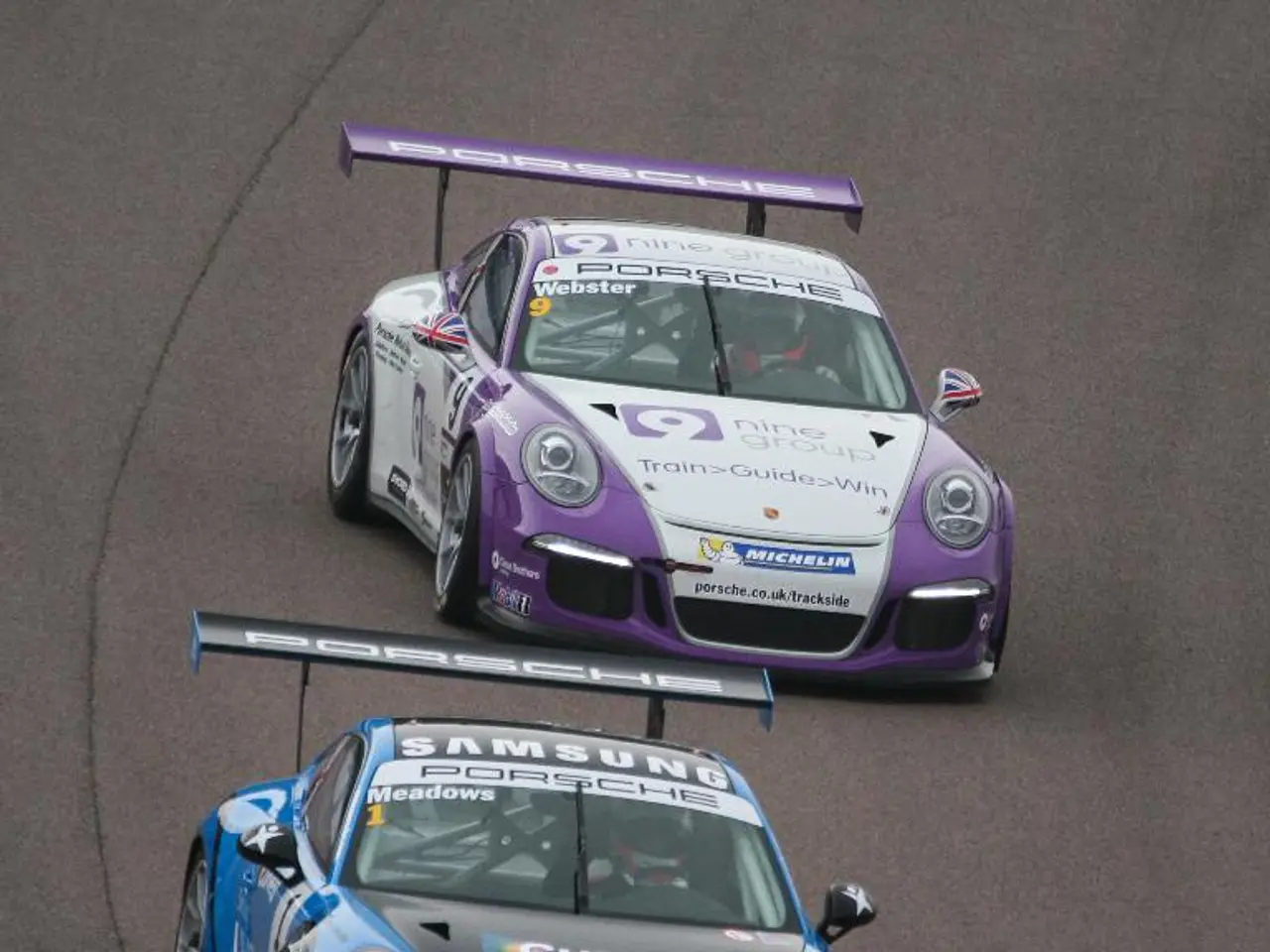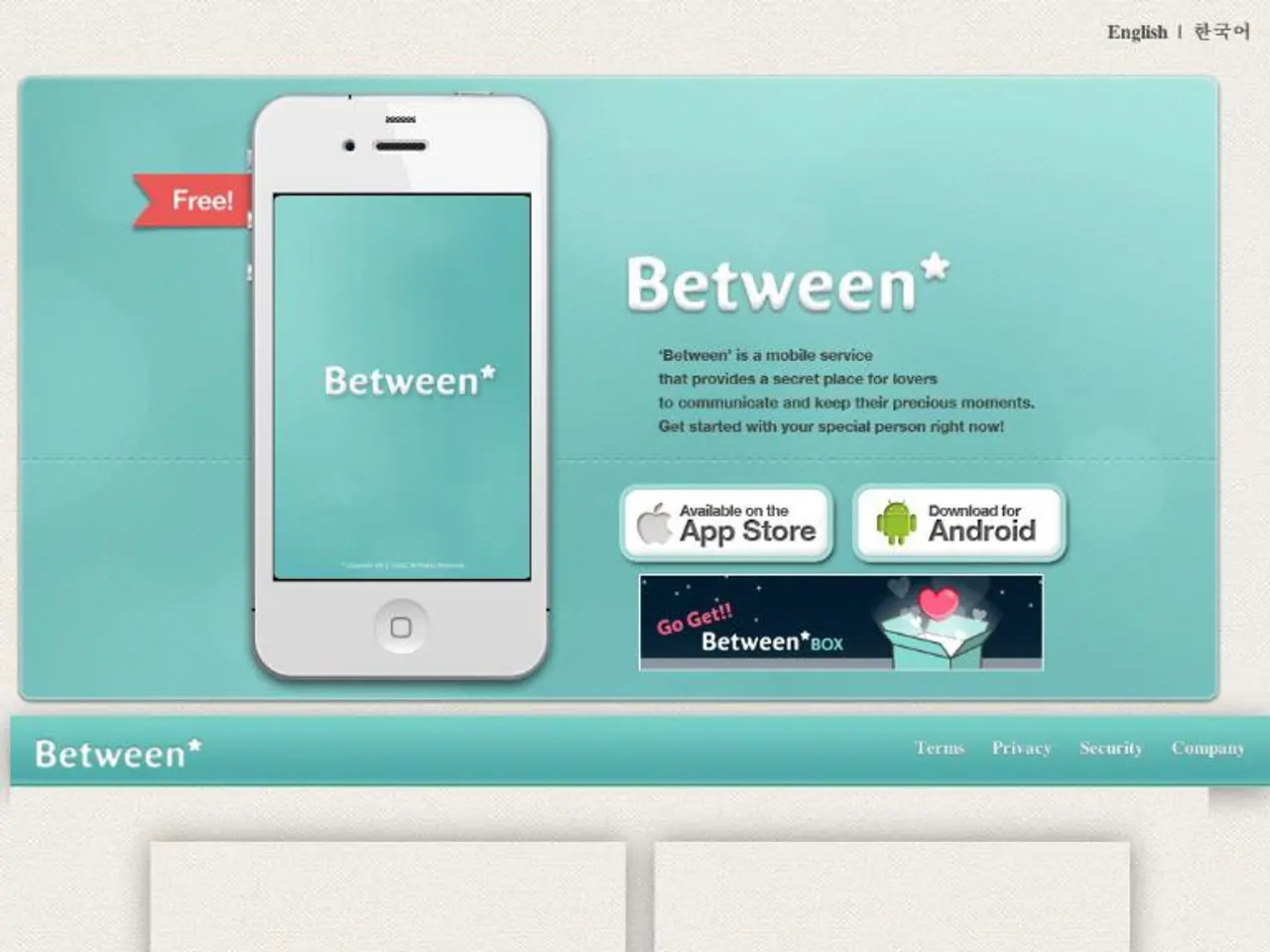Tesla initiates exclusive, invite-only Robotaxi service deployment in San Francisco
Tesla has introduced its Robotaxi service in the San Francisco Bay Area, marking a significant step towards the company's autonomous driving ambitions. However, due to regulatory permitting issues, the service currently operates with a human driver behind the wheel[1][2].
The invite-only trial covers a geofenced area that includes South San Francisco, Berkeley, Hayward, Fremont, and a large part of San Jose[1]. Tesla's CEO, Elon Musk, has commended the relatively lenient regulatory stance in the Bay Area, allowing the launch sooner than expected[2]. Nevertheless, full autonomous operation without a driver is yet to receive approval from California regulators[2].
In contrast to competitors like Waymo, Tesla's Robotaxi service covers a larger Bay Area footprint, albeit with a human driver[3]. Waymo, on the other hand, offers fully driverless rides with a smaller service area[3]. Tesla's extensive real-world miles driven under its Full Self-Driving (FSD) system contribute significantly to its data and development efforts, but the company is still awaiting regulatory clearance for fully driverless Robotaxis in California[3].
Elon Musk has previously predicted that there would be a million self-driving Tesla taxis on the road five years ago. More recently, he claimed that the Tesla Robotaxis would be available at a sub-$30,000 price point[4]. However, as of now, no offer for a Tesla Robotaxi ride has been made available by the company.
The launch of Tesla's Robotaxi service in San Francisco comes after a series of setbacks for other autonomous driving companies. For instance, Cruise, the GM-backed autonomous car service, was temporarily shut down after having its permits to operate withdrawn following a pedestrian being struck[5]. Similarly, Waymo's self-driving cars have been involved in several notable incidents, including a fatal dog strike in 2023, a multi-vehicle collision in San Francisco in January, and a case of being set alight during anti-ICE protests in Los Angeles in June[6].
Despite these challenges, Tesla remains optimistic about the future of autonomous driving. Musk is also promoting the Optimus robot, a humanoid handy helper, which he promised would be on the market three years ago[7]. However, the progress and timeline for the Optimus project remain unclear.
References: [1] Tesla Launches Robotaxi Service in San Francisco Bay Area with Human Driver. (2025, July 28). Retrieved from https://www.tesla.com/news/2025/07/28/sanfranciscobayarearobotaxis
[2] California Regulators Delay Approval for Tesla's Autonomous Rides. (2025, August 3). Retrieved from https://www.cpuc.ca.gov/News-Releases/2025/August/California-Regulators-Delay-Approval-for-Teslas-Autonomous-Rides.html
[3] Tesla's Robotaxi vs Waymo: A Comparative Analysis. (2025, August 5). Retrieved from https://www.electrek.co/2025/08/05/tesla-robotaxi-vs-waymo/
[4] Musk Claims Tesla Robotaxis Will Be Available at Sub-$30,000 Price Point. (2025, August 7). Retrieved from https://www.teslarati.com/musk-tesla-robotaxis-sub-30k-price-point/
[5] Cruise's Autonomous Car Service Shut Down After Pedestrian Incident. (2025, February 14). Retrieved from https://www.cnbc.com/2025/02/14/cruise-autonomous-car-service-shut-down-after-pedestrian-incident.html
[6] Waymo's Self-Driving Cars Involved in Several Notable Incidents. (2025, June 15). Retrieved from https://www.nytimes.com/2025/06/15/technology/waymos-self-driving-cars-incidents.html
[7] Elon Musk Promotes Optimus Robot, Humanoid Helper, Despite Delays. (2023, January 10). Retrieved from https://www.teslarati.com/elon-musk-promotes-optimus-robot-humanoid-helper-despite-delays/
- The software for Tesla's Robotaxi service is being continually developed and tested using data from the Full Self-Driving (FSD) system, with the aim of achieving full autonomy in line with Elon Musk's predictions for the future of the industry.
- The cloud-based infrastructure is essential for the operation of Tesla's Robotaxi service, as it allows for real-time data analysis, AI-driven decision-making, and seamless integration with the transportation network.
- Regulators in the finance sector are closely monitoring the development and implementation of autonomous driving technology, as the widespread adoption of self-driving vehicles could have significant impacts on the insurance and transportation industries.




